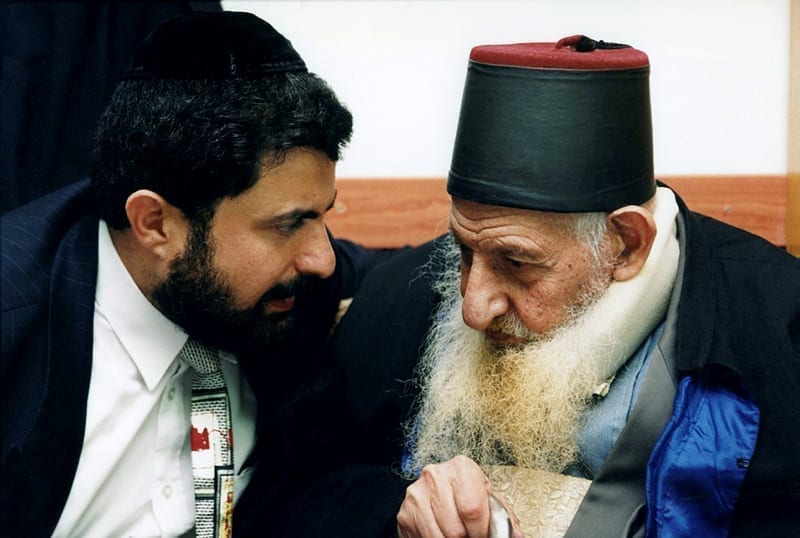The Chofetz Chaim had just attended the Kneisiyah Hagedolah and was returning to his hometown of Radin by train. Accompanying him on the journey was the prominent Rav, Hagaon Reb Meir Dan Plotski, and the two sat together conversing in Torah. After a while the train reached its first stop and pulled into the station. The Chofetz Chaim noticed that there was an unusually large crowd of people standing around and trying to peer into the train. “I wonder why all these people are gathered here,” the Chofetz Chaim mused. “Do you think there’s someone special on the train that they’re waiting for?” “Yes, they’re waiting for you,” Reb Meir Dan explained. “They heard that you’d be on the train and they’re hoping to catch a glimpse of you.” When the Chofetz Chaim heard this, his face turned white. He stood up and went to hide in a corner until the train continued on its way. At the next stop the same scene repeated itself. There were throngs of people waiting at the station, hoping to be able to see the face of the holy Chofetz Chaim. Again the Chofetz Chaim fled so as not to be seen. This occurred at every stop the train made.
Finally, Reb Meir, who had already observed this scenario several times, turned to the Chofetz Chaim and asked, “So many people are coming out to see you. Why are you hiding? Why aren’t you standing by the door to the train so you can greet them?” The Chofetz Chaim looked aghast. “I should go out to them? You don’t understand. The reason everyone wants to see me is that they think I am a great person. But I know the real truth. I am not someone who deserves kavod (honor). These people unfortunately have the wrong impression. I don’t want to have any part of this sheker (lie), so I am therefore hiding myself.” Reb Meir thought a moment and then said, “The reason everyone is coming out to see you is that they think you are one of the greatest leaders of our generation. They’ve been waiting a long time for this opportunity. And who knows how many hours they’ve been standing on their feet? I understand you might think that it’s all sheker and that the kavod is undeserved. But isn’t it worth it to burn in gehinom so that other Yidden should have a bit of pleasure?” At the next stop the Chofetz Chaim ran to stand at the entrance of the train so that everyone in the crowd could see him.





